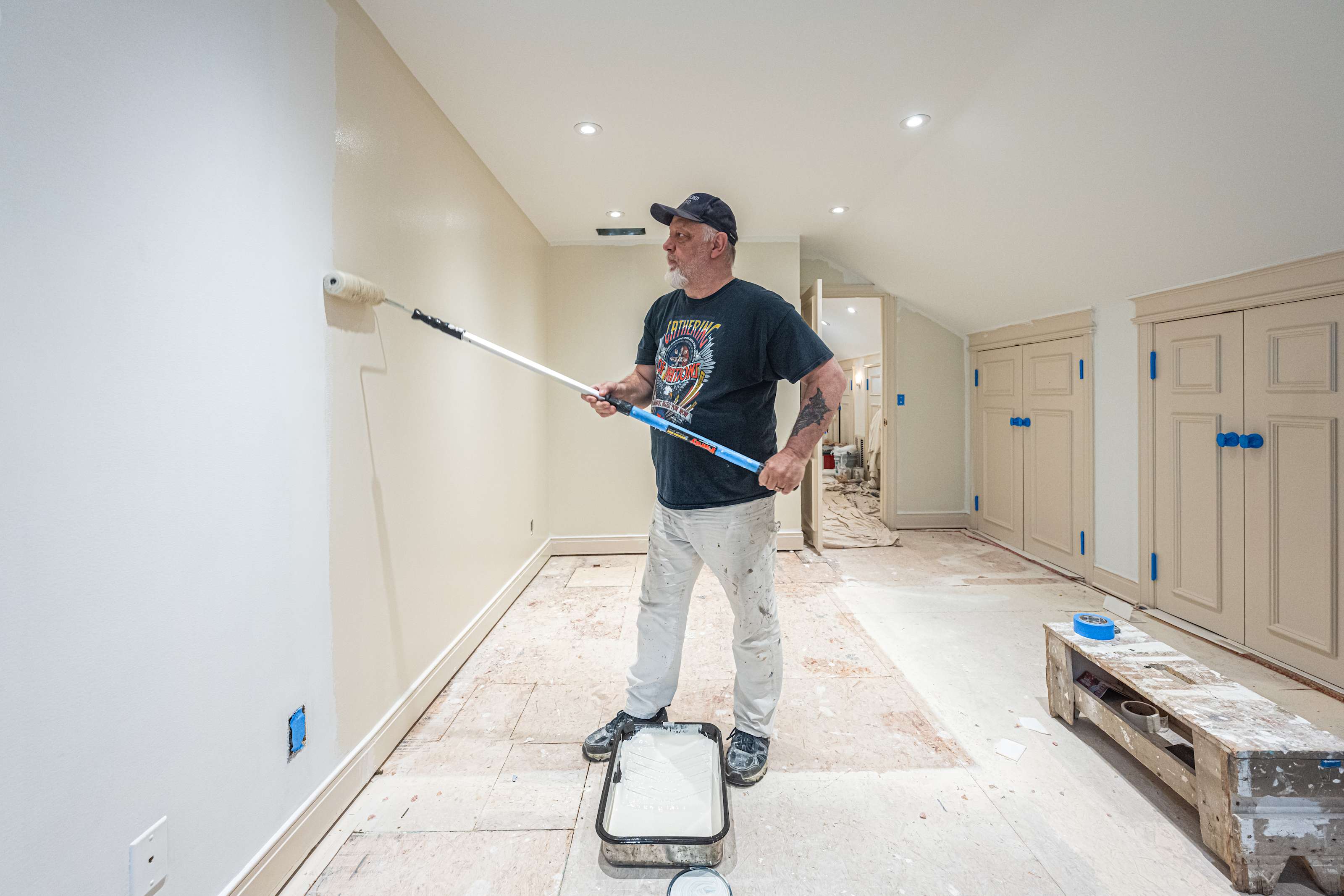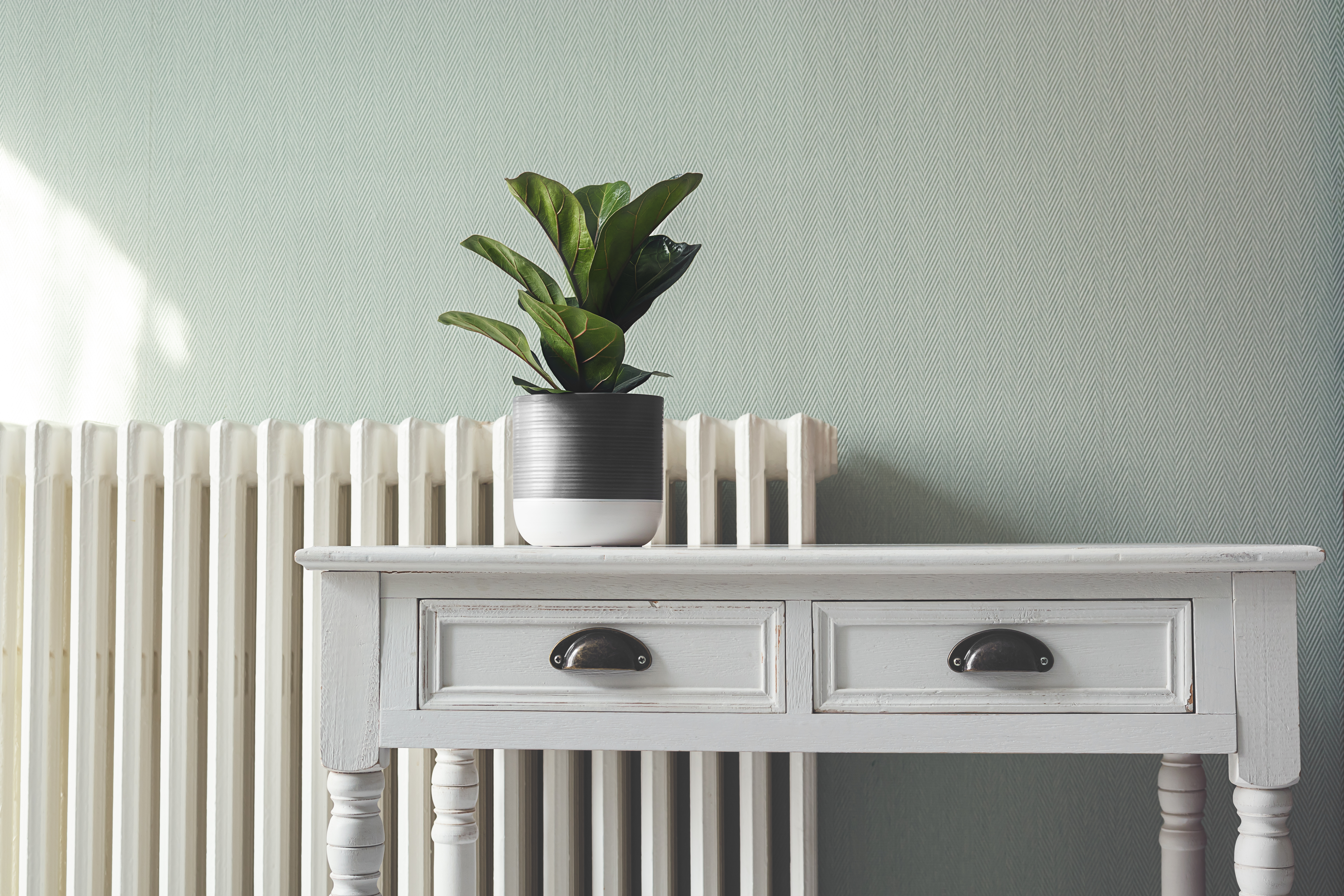
How much does it cost to paint a room? Learn what you’ll pay to give your space a makeover, depending on room size, paint type, the pro you hire, and more.
Milk paint is the cream of the crop when it comes to rustic chic


Milk paint is a nontoxic, environmentally friendly matte paint popular for furniture or crafts.
Milk paint is popular for its chipped finish that lends itself to farmhouse or rustic styles.
You can seal milk paint to keep it smooth and matte.
It’s not as durable or affordable as some other popular paints.
While milk paint sounds like it has something to do with our favorite drink with cookies, it’s actually a bit more complicated than that. Most types of paint are named after their binders, like acrylic or oil paint. And while milk paint isn’t technically made with milk, it does feature one of milk’s main ingredients. Keep reading to learn more about milk paint, its pros and cons, and when to use it (or when to skip) in this article.
Contrary to popular belief, milk paint isn’t made with milk. But it does feature one of milk’s main ingredients: a protein called casein. Casein is what binds milk paint together. While most modern paint uses chemicals and other lab-made (and relatively new) ingredients, milk paint is steeped in history and is known for its natural makeup and ancient roots.
Milk paint features a matte finish, which is a type of paint finish that’s best for low-traffic areas or painting furniture. You can also use milk paint to achieve a chippy or distressed look, making it popular with the furniture refinishing community.
When you buy milk paint, it comes in a dry powdered form. You’ll mix it with water (or with other milk paint powders) to achieve the final color and texture you want, giving you a lot of control when it comes to the final result.
Milk paint and chalk paint are often placed head to head, specifically in relation to painting furniture or doing crafts. Both paints are easy to use, dry quickly, and offer a matte finish. But while milk paint is made from organic ingredients, chalk paint isn’t.
Chalk paint is made from inorganic materials (like minerals) and fully mixed and ready to use. It offers a smoother texture and finish than milk paint as well.

Milk paint is nontoxic, environmentally friendly, and pretty forgiving when it comes to getting an even finish. But it’s more expensive and not very durable compared to other budget-friendly options on the market.
All-natural product: Milk paint is just dried milk, pigments, and lime and can be traced all the way back to the Egyptian tombs. Many parents love using it in their nursery due to its nontoxic makeup.
Easy to use: Milk paint is pretty forgiving and easy to use, although there are a few learning curves.
Mess-free cleanup: Because it’s water-based, it’s easy to wipe up any spills or errors as you go.
Unique finish: Milk paint can be smooth and matte (if you seal it) or chipped and distressed. There’s a lot of flexibility with this type of paint.
Doesn’t expire when in powder form: Milk paint lasts indefinitely in its powdered form, while other paint lasts only a few years.
Not as durable as other paint: Milk paint chips easily (which is part of its charm), making it a poor choice for high-traffic items or areas.
Short shelf life when mixed: Only mix as much as you need for your project, because once you mix the powder with water, it only stays good for about a week.
More expensive: Milk paint is a bit more expensive than other types of paint, likely because of its more natural ingredients.
Somewhat steep learning curve: You have to use a power tool to mix milk paint, and getting an even finish differs depending on what you’re painting. You may need to sand, seal, or even strip a product before you paint. Be prepared for some trial and error when you start using milk paint.
From average costs to expert advice, get all the answers you need to get your job done.

How much does it cost to paint a room? Learn what you’ll pay to give your space a makeover, depending on room size, paint type, the pro you hire, and more.

The cost to paint the interior of a house in Indianapolis, IN depends on size, layout, type of surface, and more. Learn what factors can influence your total in this guide.

The cost to paint the interior of a house in Seattle, WA depends on size, layout, type of surface, and more. Learn what factors can influence your total in this guide.

Knowing how to paint stair railings is a useful trick in your DIY bag. Here are the simple steps necessary to achieve a professional-looking job.

Interior painting can make your home more appealing to buyers. Learn how much interior paint can increase your home’s value.

If your home has windows galore, you’ll want to pick a color scheme that plays to that advantage. Use these paint colors for rooms with lots of natural light.